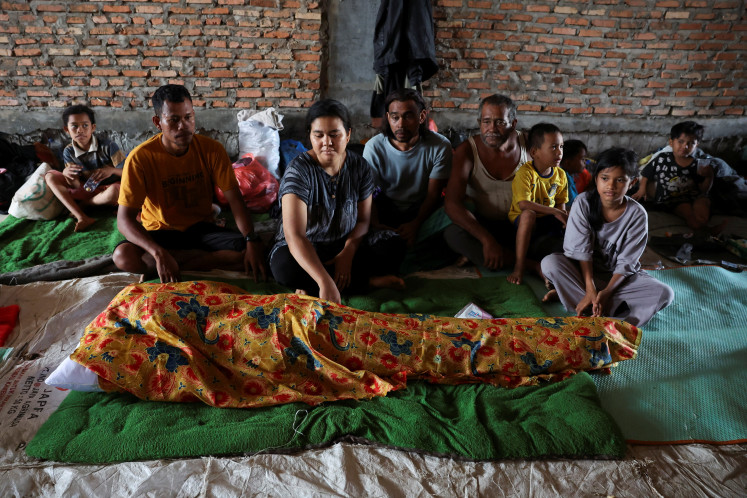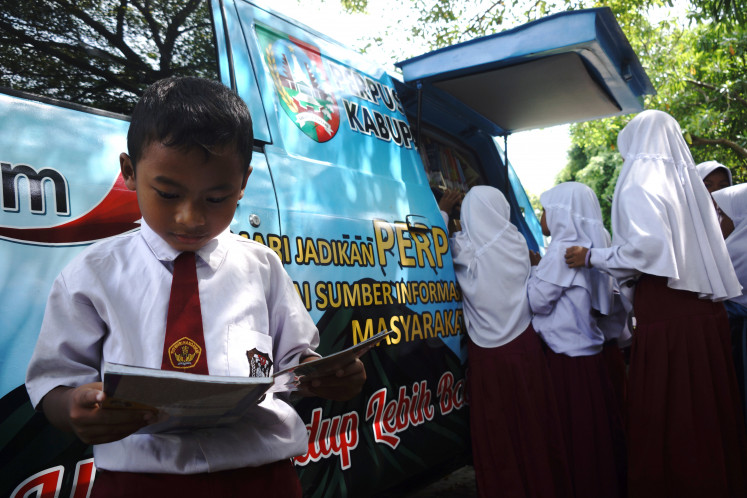Popular Reads
Top Results
Can't find what you're looking for?
View all search resultsPopular Reads
Top Results
Can't find what you're looking for?
View all search resultsNew deadly types of virus found in Papua
Scientists from Airlangga University’s Institute of Tropical Diseases (ITD) in Surabaya announced recently the discovery of three new subtypes of the hepatitis B virus in Papua
Change text size
Gift Premium Articles
to Anyone
S
cientists from Airlangga University’s Institute of Tropical Diseases (ITD) in Surabaya announced recently the discovery of three new subtypes of the hepatitis B virus in Papua.
ITD research and professor Maria Inge Lusida told The Jakarta Post that currently, the hepatitis B virus was classified by eight genotypes and nine subtypes.
All these types, Maria said, were prevalent across the world and classified based on geographical loca-
tion, virus characteristics, and the clinical effects that these different types of the virus had on the human body.
“We were surprised when we found three new subtypes of the hepatitis B virus in Papua, one of which was discovered on a Papuan plateau,” she added.
She said the discovery was made in collaboration with Japan’s Kobe University in 2007, adding that scientists at ITD were only now conducting more in-depth clinical analysis of the three subtypes in the hope of understanding the degree of their malignancy.
“In general, the hepatitis B virus is deadly,” Maria said.
She added that authorities across the country should increase awareness of the new strains, although they were found only in Papua, where four infected patients were now receiving extensive treatment.
“We also found that these new strains may create complications for HIV/AIDS patients. The government needs to remain vigilant on this matter, as the number of HIV-infected people in Papua is considerably high,” Maria said.
Hepatitis B affects the liver, with the acute illness causing liver inflammation and other liver-related complications, such as cirrhosis, cancer, hepatic confusion and coma, and bleeding in the upper part of a patient’s digestive system.
Acute hepatitis takes six months to become chronic, however, about 90 percent of hepatitis patients, if they recover, develop strong immunity during this period. Without medication, their condition deteriorates within 10 or 20 years into cirrhosis and finally liver cancer.
Similar to HIV/AIDS, hepatitis B transmission occurs most frequently when a person comes into contact with infected blood, Maria says.
Health Minister Endang Rahayu Sedyaningsih claimed around 30 million Indonesians were currently living with hepatitis B and C.










